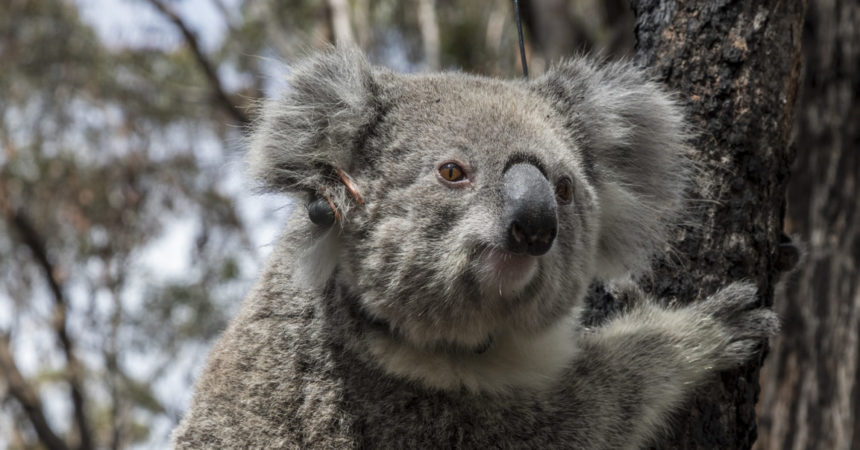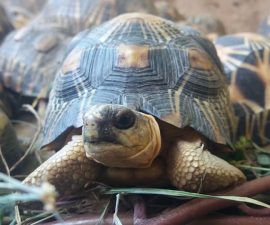International Effort Completes Successful Reintroductions after Bushfire Rescue
A koala moved quickly out of a caretaker’s arms and up into a tall eucalyptus tree, while wildlife care specialists looked on. This koala is a member of an important group of the species that returned to their home in the Blue Mountains of Australia this past weekend. These marsupials are representatives of the most genetically diverse population of koalas in Australia, and were rescued from approaching bushfires in January. They were reintroduced back into the eucalyptus forests by Science for Wildlife, with the support of San Diego Zoo Global. The koalas were given refuge at Taronga Zoo until the area was deemed safe for their return after the area’s devastating mega-fires.
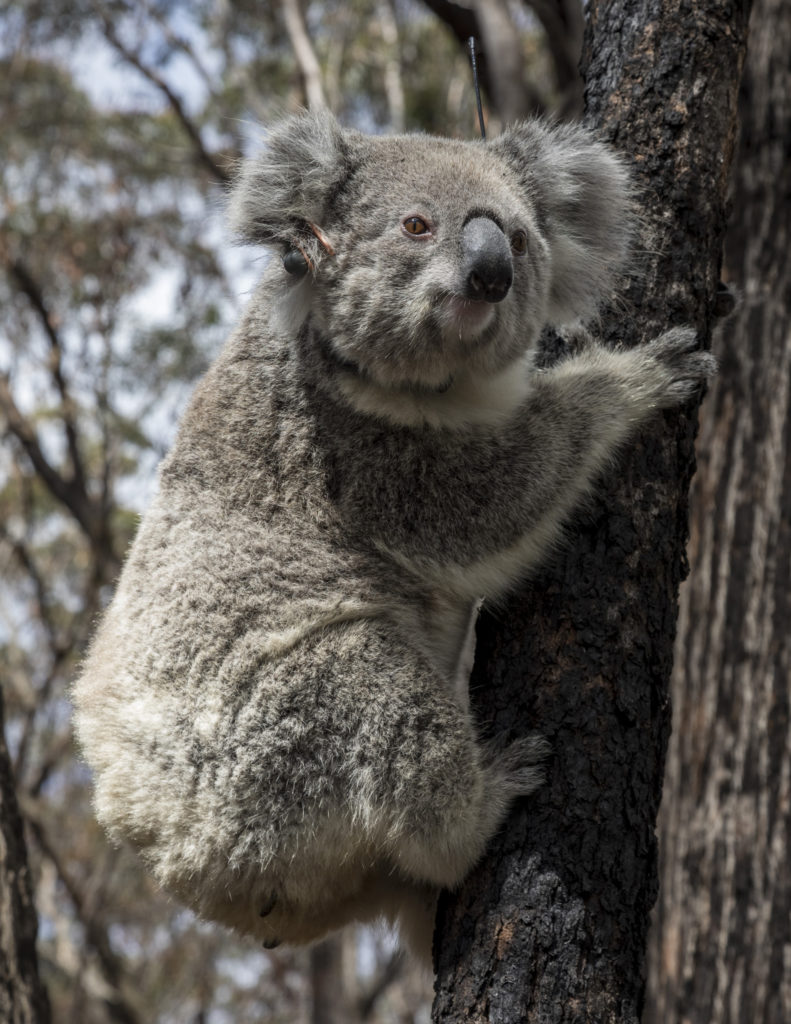
“While they have coped well in care, we are delighted to finally send our koalas home,” said Kellie Leigh, Ph.D., executive director of Science for Wildlife. “We have been busy assessing the burnt area that we rescued them from, to establish when the conditions have improved enough that the trees can support them again. The recent rains have helped, and there is now plenty of new growth for them to eat, so the time is right. We will be radio-tracking them and keeping a close eye on them, to make sure that they settle in OK.”
The research team discovered that the Blue Mountains World Heritage region is home to the most genetically diverse population of koalas in the world—and Science for Wildlife, along with San Diego Zoo Global, is committing resources to help ensure that the population is recovered. Mega-fires raced through the region earlier this year, devastating more than 2.5 million acres (1 million hectares) of habitat and threatening wildlife.
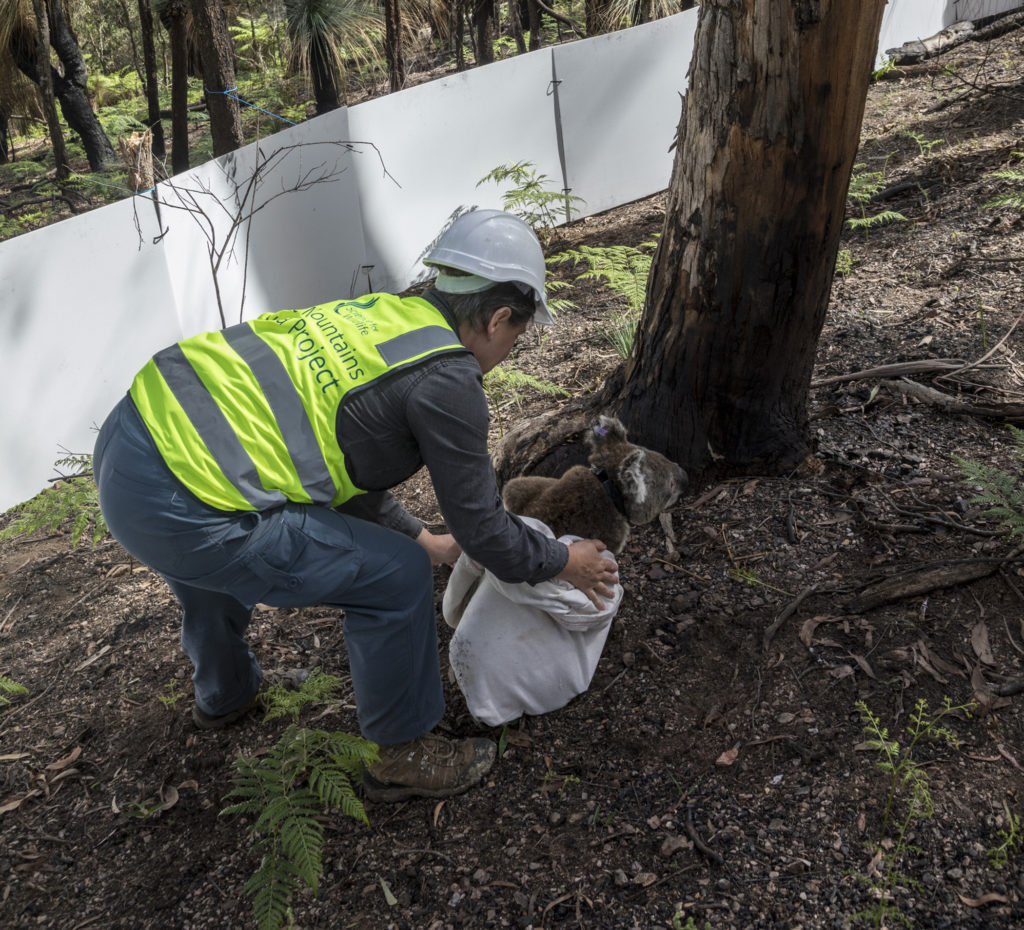
San Diego Zoo Global has been a core partner for the Blue Mountains Koala Project since it started five years ago, and has been raising funds to support the rescue and other emergency wildlife work that Leigh and her team have been undertaking.
“Successful conservation work to save species requires working collaboratively in regions all over the world, supporting partners in a variety of ways,” said Paul Baribault, president/CEO of San Diego Zoo Global. “This is a crucial time for Australian wildlife, and we are proud that our long-standing relationship made it possible for us to help save these koalas.”
The Blue Mountains are a mountainous region located in New South Wales in Australia. The region was listed as a World Heritage area by UNESCO in 2000, due to the presence of a wide and balanced variety of habitats—home to more than 400 species of wildlife.
“During the massive fires, as 80% of the World Heritage area burnt, we were at risk of losing the entire koala population at this site—and so that’s what drove us to try something so radical and pull these koalas out before the fire hit,” said Leigh.
The reintroduction of these koalas is just the next stage in what conservationists know will be a long-term effort to recover koala populations in the area.
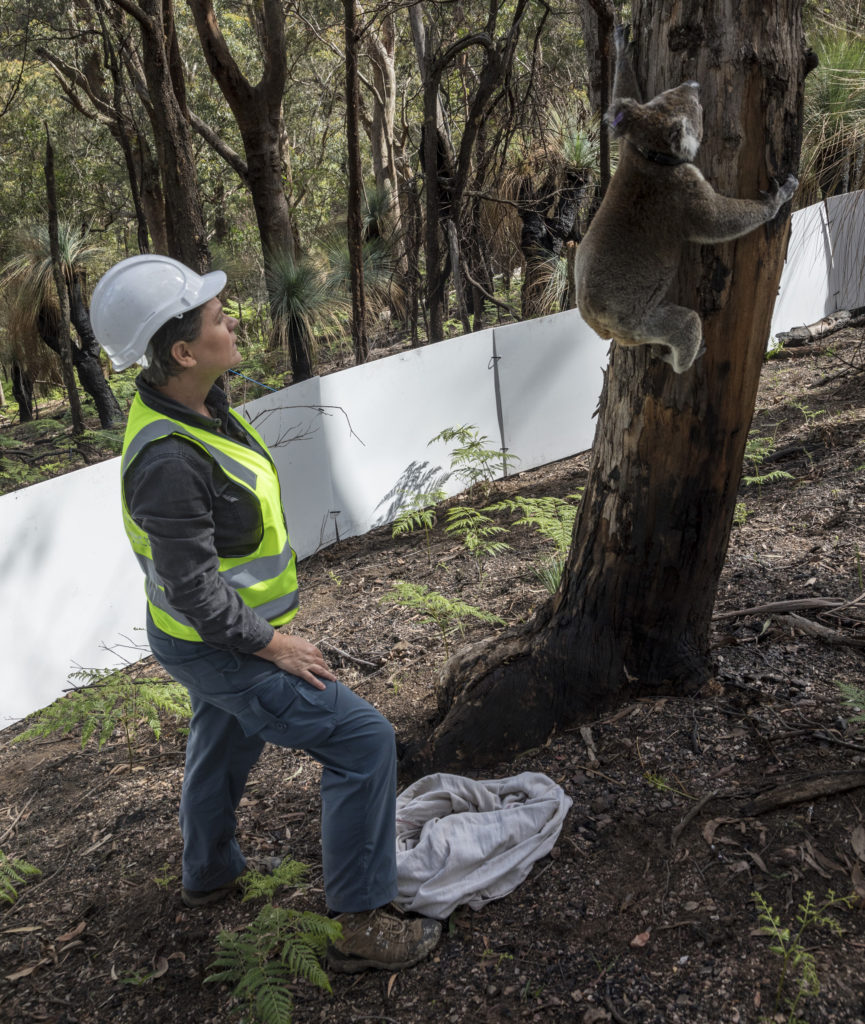
“There is still a lot of work to be done, to assess what is left of koalas in this region and plan for population recovery,” said Jen Tobey, Population Sustainability researcher, San Diego Zoo Global. “We are dedicated to continuing to support this critical work to conserve a significant koala population.”
“The koalas have been living at Taronga Zoo, where they were rehabilitated until the fires abated. “Due to the extensive experience and expertise of our keepers and veterinary staff, Taronga is best placed to assist in emergency situations when animals like these koalas need emergency housing and care,” said Nick Boyle, Taronga Zoo’s director of welfare, conservation and science. “We were so pleased to be able to assist Science for Wildlife on their mission to save these incredibly valuable koalas.”
The release back into the bush is just the beginning of the story for these koalas. “The radio-tracking devices that enabled us to find the koalas quickly and move them from in front of the fire will now allow us to follow them and find out more about how koalas use the landscape after fire, including where else we might find pockets of surviving koalas,” said Leigh. “That will help us to plan a future for koalas under climate change, where we expect more frequent and intense fires.”
Bringing species back from the brink of extinction is the goal of San Diego Zoo Global. As a leader in conservation, the work of San Diego Zoo Global includes on-site wildlife conservation efforts (representing both plants and animals) at the San Diego Zoo, San Diego Zoo Safari Park, and San Diego Zoo Institute for Conservation Research, as well as international field programs on six continents. The work of these entities is made accessible to over 1 billion people annually, reaching 150 countries via social media, our websites and the San Diego Zoo Kids network, in children’s hospitals in 12 countries. The work of San Diego Zoo Global is made possible with support from our incredible donors, committed to saving species from the brink of extinction.

